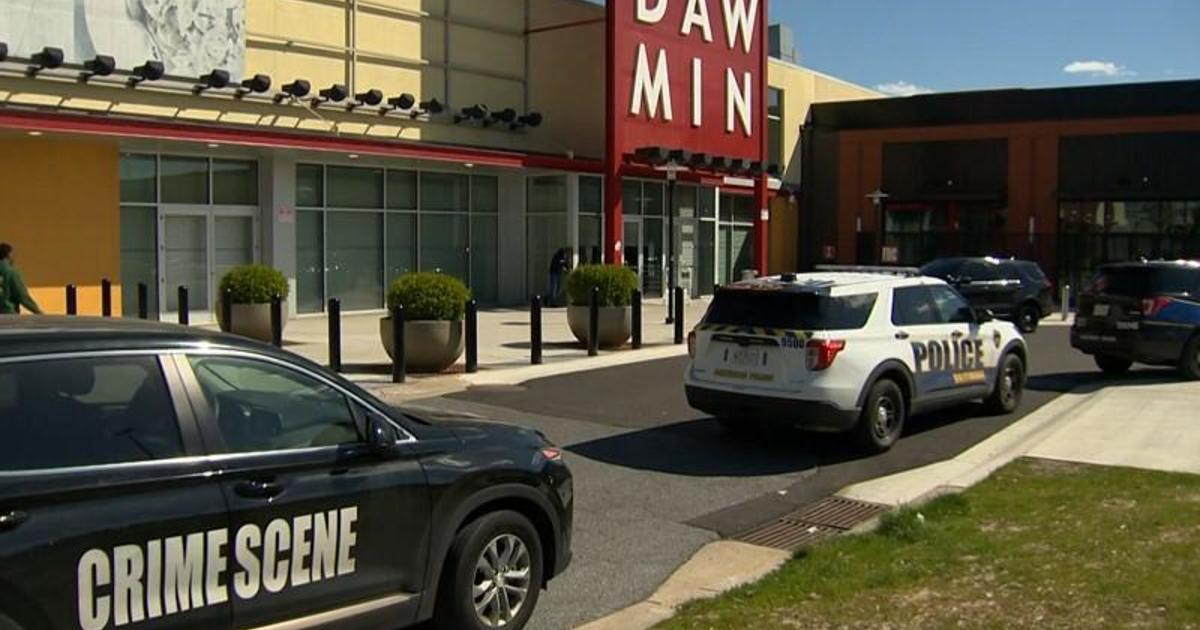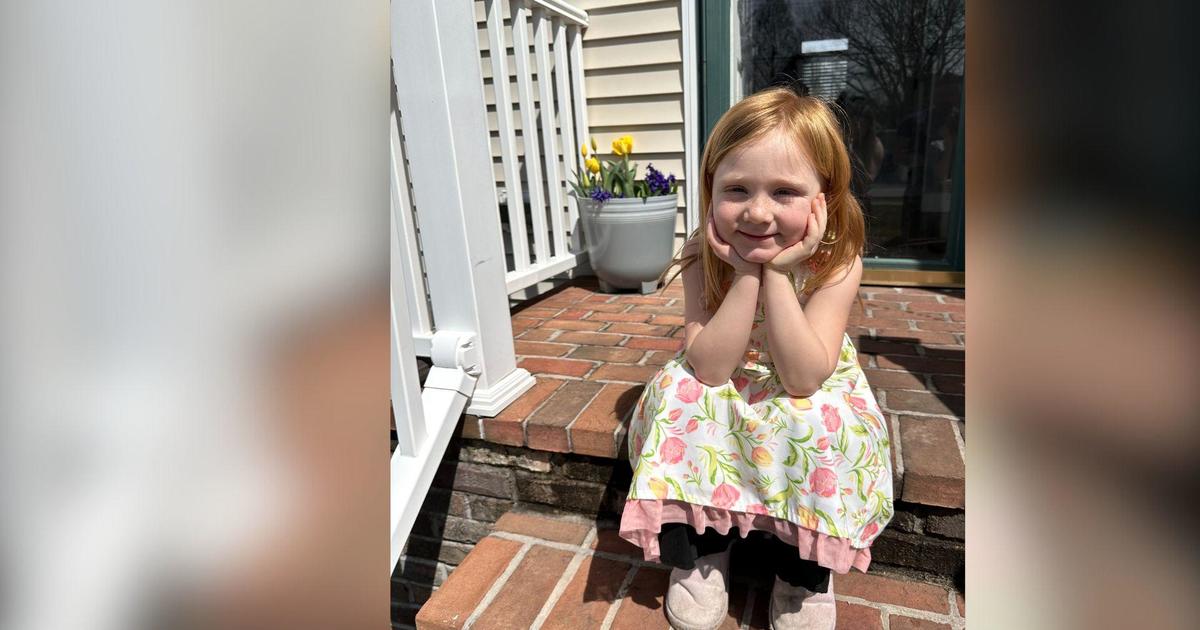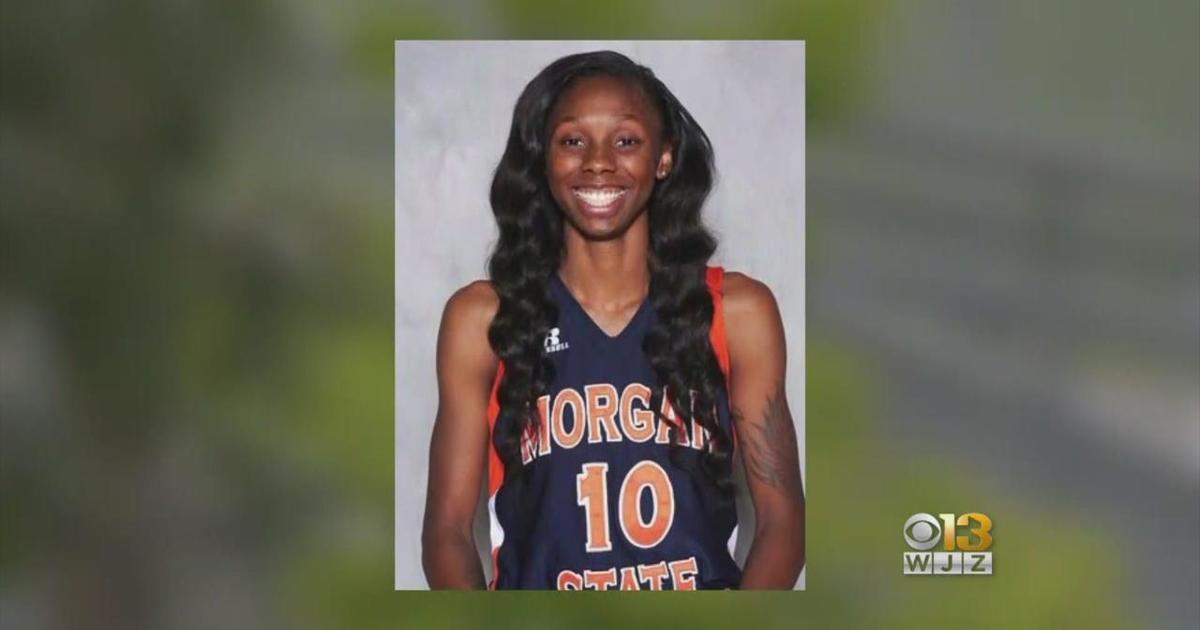How Much Bacteria Is On Subway Surfaces? Study Finds Out
BALTIMORE (WJZ) -- Baltimore is part of an international study looking at what your eyes can't see.
Researchers at the University of Maryland School of Medicine are leading our area's study focusing on subway bacteria.
When you hear of a study looking for bacteria, you're likely thinking the study is trying to find how dirty the subways stations are, but that's not the case for this study, which is looking at those good and bad bacteria trends seen in more than 60 cities around the world.
Baltimore's subway system is now on the front lines of an international study where medical researches are looking at the microbes.
"So microbes are bacteria, they're fungus, they are viruses. We use microbes to cover all of those," said Lynn Schriml, with the University of Maryland School of Medicine.
Sounds gross, but the good news is that within the first year of an international study, none of the microbes found cause human disease.
"We found close relatives, so bacteria have relatives like we have relatives," Schriml said.
The study focuses on the same frequently touched surfaces at more than 60 subway stations around the world.
"And we're really just hoping to find a comparison," Schriml said. "So, we look at Brazil, to Russia, Europe, [the] U.S."
That testing goes beyond the platform of the subway station. They actually go inside the cars to test the poles, seats, and floor.
"Because a lot of microbes, they fall on the floor and they're dust," Schriml said. "When people walk in and out, they kick it up and they found that in classroom studies, actually."
At Baltimore's 14 stations, as well as at stations globally, this research is not looking at how dirty systems are, but what common bacteria is found.
"We really want to understand what microbes are getting moved in the stations and through cars, because the transportation hubs are nice because people move in and out all day," Schriml said.
"For [Baltimore] to be participating, I think is really great," said Baltimore mayor Catherine Pugh. "When you think about the University of Maryland School of Medicine right here in Baltimore, to have them participating as well, bodes well for us."
Researchers look at the age of the subway system, its proximity to the coast, the number of travelers - both domestic and international - plus the depth the subway is underground. Surprisingly, the research has found subways are actually cleaner than your kitchen or bathroom.
The team from the University of Maryland School of Medicine will study the subways systems in both Baltimore and D.C.
This is the second year for the international subway study, and the entire project will last five years.
Follow @CBSBaltimore on Twitter and like WJZ-TV | CBS Baltimore on Facebook



